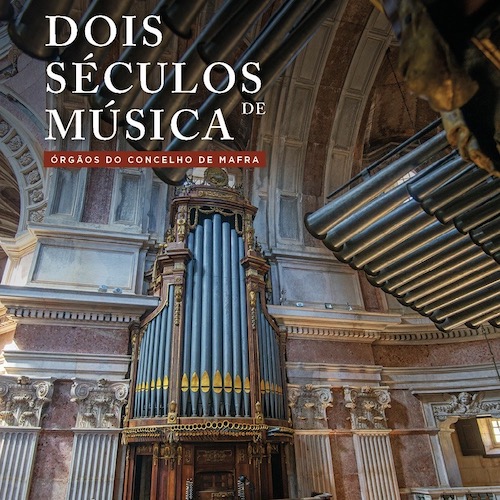MACHADO DA CERVEIRA & FONTANES
Basilica Mafra
Organ details
History
The instruments that may currently be admired in the Basilica of Mafra are the result of the work of António Xavier Machado da Cerveira (1756‐1828) and Joaquim António Peres Fontanes (1750–1818) – the two most important organ builders active in Portugal at the time – between 1792 and 1807.
These six organs – two in the chancel, two in the north transept and two in the south transept – constitute a group unique in the world. This singularity is not only on account of their number and size, noteworthy in themselves, but above all on account of the fact that they were built at the same time and were originally conceived to be played as a set. The work was concluded between 1806 and 1807, there being produced in that year a substantial number of compositions employing the six organs.
The six organs, with impressive cases in exotic wood with gilded bronze finishings (especially that of the Chancel) which house the sixteen-foot façade pipes, though all different from each other, have various characteristics in common. Some, such as the horizontal reeds or the divided keyboard, are frequent amongst Iberian instruments of the period. Others, such as the reeds with short resonators, the Italian Voce umana and especially the double windchest (which permits the rapid cancelling of the registers of the “full”) are typical of the school of Cerveira e Fontanes.
Shortly after their conclusion, the French invasions and subsequent exile of the Portuguese Court in Brazil led to a certain decline in the use of the instruments. About a decade later – after the defeat of the Napoleonic troops and probably in connection with the prospect of the return of the royal family – the six organs underwent significant work. The objective of this project, undertaken by António Xavier Machado e Cerveira, was not only to repair the instruments, but also to enlarge them and adapt them to a new sound. Unfortunately the work was interrupted some years later (Machado e Cerveira died in 1828) and various things, such as the reassembly the Organ of São Pedro d’Alcântara once more, were left unfinished.
Until 1998 the organs were subject only to occasional work. The restoration of the whole set, which was entrusted to the organ builder Dinarte Machado, began in that year and was finished in 2010. This project, the largest of its kind ever carried out in Portugal, included the reconstruction of the organ of São Pedro d’Alcântara, incorporating all the materials recovered since its disassembly. The restoration of the six organs of the Basilica of the National Palace of Mafra was awarded the Europa Nostra Prize (Conservation category) in 2012.



